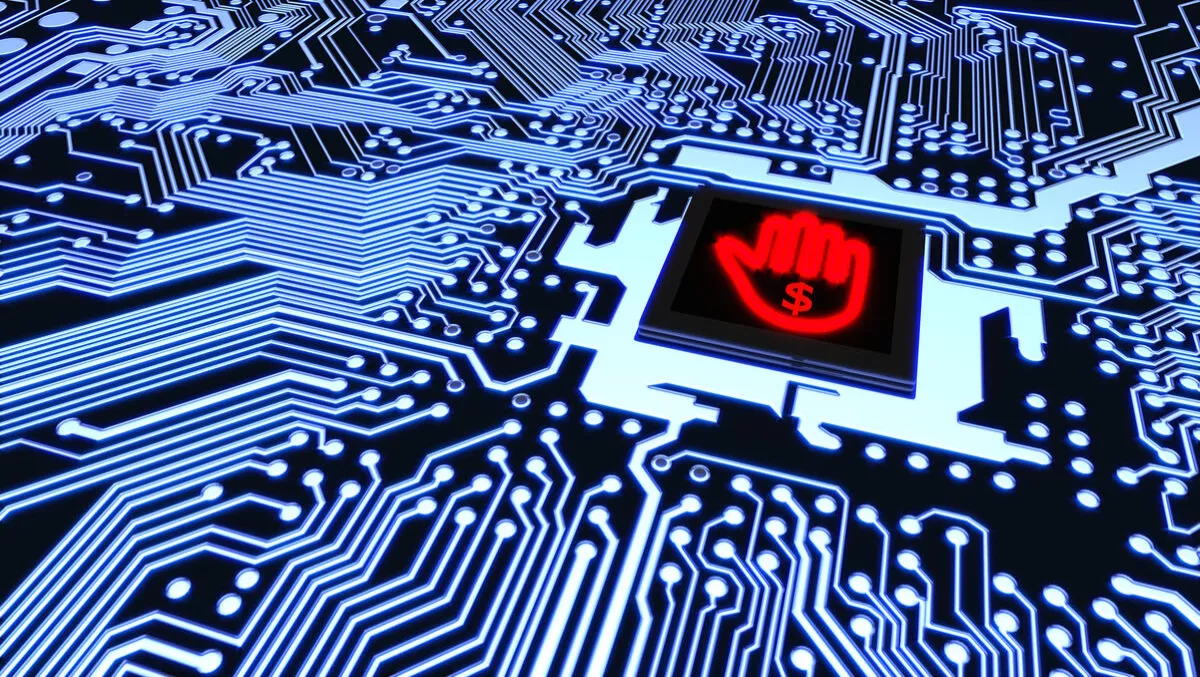
Why we need to stop calling it the ‘year of ransomware’
Without fail for the past few years, there's someone who takes it upon themselves to declare it the 'year of ransomware.' And if you wanted a truly safe bet, you might as well go with the company who dares to call the next decade the one of ransomware or worse. There's simply nothing different or, frankly, insightful about these claims.
While its continued growth over the past year may make it seem otherwise, ransomware didn't come out of nowhere. In fact, it has been a money-making venture for over ten years, growing as organised criminals started testing the business case for this particular infection and recognising its potential as a profit model.
So of course 2017 is going to be another year of ransomware, globally but especially regionally, building on the 'years of ransomware' that came before. According to Gartner, Australia is the second most commonly attacked country after the US for ransomware.
At a cyber security conference last year, Charles Lim, industry principal of Cyber Security Practice at Frost - Sullivan, said that in 2015 more than 50 per cent of the world's cryptolocker ransomware attacks were targeted towards Australia and New Zealand, impacting the Australian economy by close to AU $17 billion. Even more worrisome for us in Australia is the fact that 29 per cent of those total attacks were aimed at the energy sector.
The highly profitable nature of ransomware attacks, coupled with the fact that most enterprises lack sufficient defences, attracts a more advanced breed of cyber criminal. These sophisticated threat actors are not only motivated by the potential for a big pay out, they've discovered that ransomware attacks can be faster and more anonymous (read: less risky) than exploits used to steal credit card numbers and other sensitive data.
Ransomware in the wild
One recent instance of ransomware hit a large, critical infrastructure company. An employee opened a malicious attachment infected with malware that encrypted files and paralysed internal computers. The company was forced to limit its email service, shut down its accounting system and disable customer service lines, but worst of all, it had to suspend utilities within its service area.
Entities such as healthcare continue to emerge as prime targets, with hospitals in the U.S. and Germany, for example, agreeing to pay ransoms rather than risk their patients' lives. According to Frost - Sullivan, while major healthcare providers in APAC have initiatives to comply with security standards such as HIPAA, the use of legacy security tools to meet minimal compliance standards will not keep up with new types of ransomware.
It is not that often where you hear about ransomware impacting financial services institutions, but it happens all the time. For example, adversaries will target banks using official logos or badges of government organisations like the AFP, ACC or local police department, demanding that a fake fine be paid for transgressions or issues of compliance.
Where to from here?
It should be obvious for Australian companies to expect ransomware's potent cocktail of sharp business acumen and psychological button-pushing to continue to expand throughout the years.
From large enterprises to critical infrastructure organisations, many businesses are desperate to maintain system uptime not only from a business perspective, but often for health and safety reasons, to say nothing of the potential loss of confidence and tarnished brand image that can result. Ransomware criminals will continue to exploit this opportunity to make much more per ransom transaction.
These opportunities for ransomware to find its way into your organisation increase every year because traditional tools and methods don't cut it. Conventional endpoint protection that relies on signature-based detection is not up to the task of finding ransomware before it strikes.
Adding solutions such as whitelisting, the ability to detect Indicators of Compromise (IOC), or machine learning can increase your protection, but in some cases they will be unable to prevent an attack. And unlike malware infections that often take hold and slowly exfiltrate your data, in the case of ransomware, prevention is often your only recourse.
Ransomware highlights the need for a change of focus from what already happened within a network to looking at potential issues as they happen. A proactive, behaviour-based approach is crucial, and one of the best ways enterprises can shift away from purely reactive security is through Indicators of Attack (IOA).
IOAs are used to identify and block additional unknown ransomware in the early stages of an attack before it can fully execute and inflict damage. It protects against new categories of ransomware that do not use files to encrypt victim systems and even provides a reliable way to prevent ransomware from deleting backups.
All this makes IOAs a major breakthrough for ransomware prevention. Instead of trying to fight a losing battle of detection based on ever-changing contents and characteristics of a ransomware program, IOAs monitor, detect and stop the effects of what ransomware is attempting to achieve before any damage is done.
In fact, the IOA approach is so effective and resilient against ransomware iterations that one IOA can cover many variants and versions of multiple ransomware families, including new ones as they are released in the wild.
While 2017 will definitely be the year of ransomware again, Australian organisations have it within their means to use the right processes and tools to start shifting it into the year of proactive defence against ransomware, instead.

